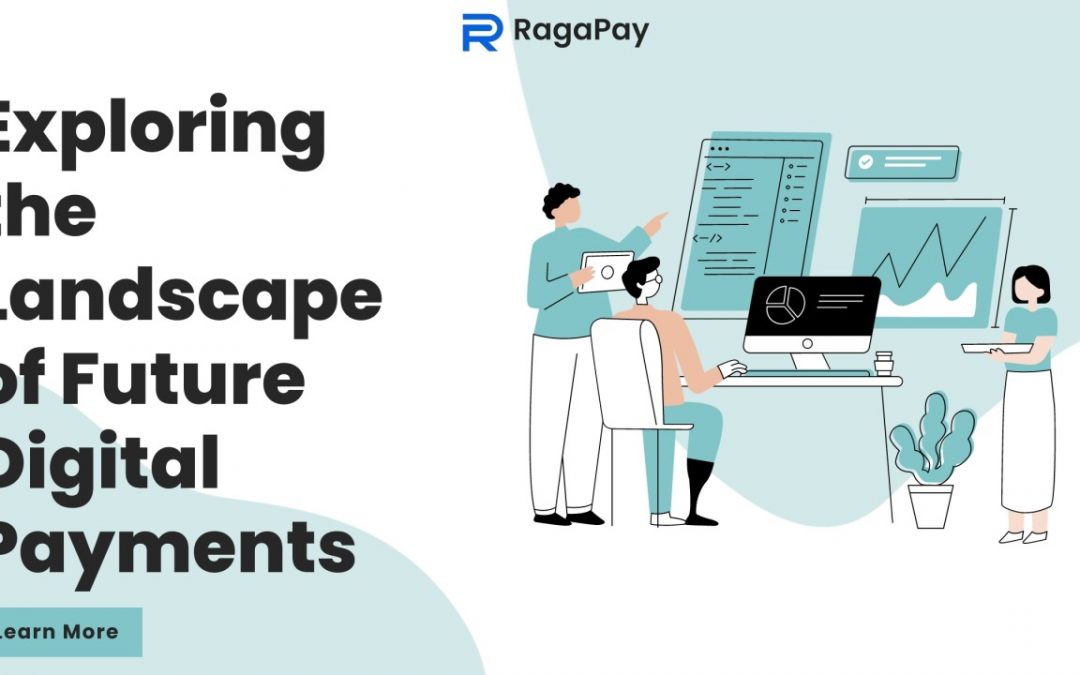Introduction
The future of digital payments promises transformative changes that will reshape the way we conduct transactions and manage financial interactions. Here are some key trends and developments to anticipate:
1. Cryptocurrencies and Central Bank Digital Currencies (CBDCs):
The rise of cryptocurrencies like Bitcoin and the development of CBDCs by central banks introduce new forms of digital currency. These could potentially offer more efficient cross-border transactions and financial inclusion, while also raising questions about regulation, privacy, and security.
2. Contactless and Mobile Payments:
Contactless payment methods using NFC technology and mobile wallets are becoming the norm. This trend is expected to continue, offering convenience and reducing the need for physical cards or cash.
3. Biometric Authentication:
Enhanced security measures like biometric authentication (fingerprint, facial recognition) are becoming integral to digital payment systems, providing a seamless yet secure user experience.
4. Blockchain and Smart Contracts:
Blockchain technology is likely to play a significant role in digital payments, offering transparency, security, and faster settlement. Smart contracts could automate payment processes and reduce intermediaries.
5. Internet of Things (IoT) Integration:
As more devices become connected to the internet, IoT-enabled payments could become widespread, allowing machines and devices to initiate transactions autonomously.
6. Decentralised Finance (DeFi):
DeFi platforms built on blockchain offer decentralised lending, borrowing, and trading options. These could disrupt traditional financial systems by providing more open and inclusive access to financial services.
7. AI and Personalization:
Artificial intelligence could be used to analyse transaction patterns and provide personalised financial insights, helping users make informed decisions.
8. Cross-Border Payments:
Innovations in digital payments could streamline cross-border transactions, reducing fees and processing times, and enabling greater international trade.
9. E-commerce and In-App Payments:
The growth of e-commerce and mobile apps continues to drive the need for seamless and secure digital payment options.
10. Data Privacy and Security:
As digital payment adoption increases, concerns about data privacy and cybersecurity will intensify. Striking a balance between convenience and security will be crucial.
11. Financial Inclusion:
Digital payments have the potential to extend financial services to unbanked and underbanked populations, improving their economic opportunities and quality of life.
12. Regulation and Compliance:
Governments and regulatory bodies will play a significant role in shaping the future of digital payments, ensuring consumer protection, preventing fraud, and maintaining stability.
Conclusion
The future of digital payments is dynamic and multifaceted, driven by technological innovation, changing consumer behaviours, and regulatory evolution. As these trends continue to unfold, collaboration between industry stakeholders, policymakers, and technology providers will be essential to realise the full potential of digital payment solutions.

